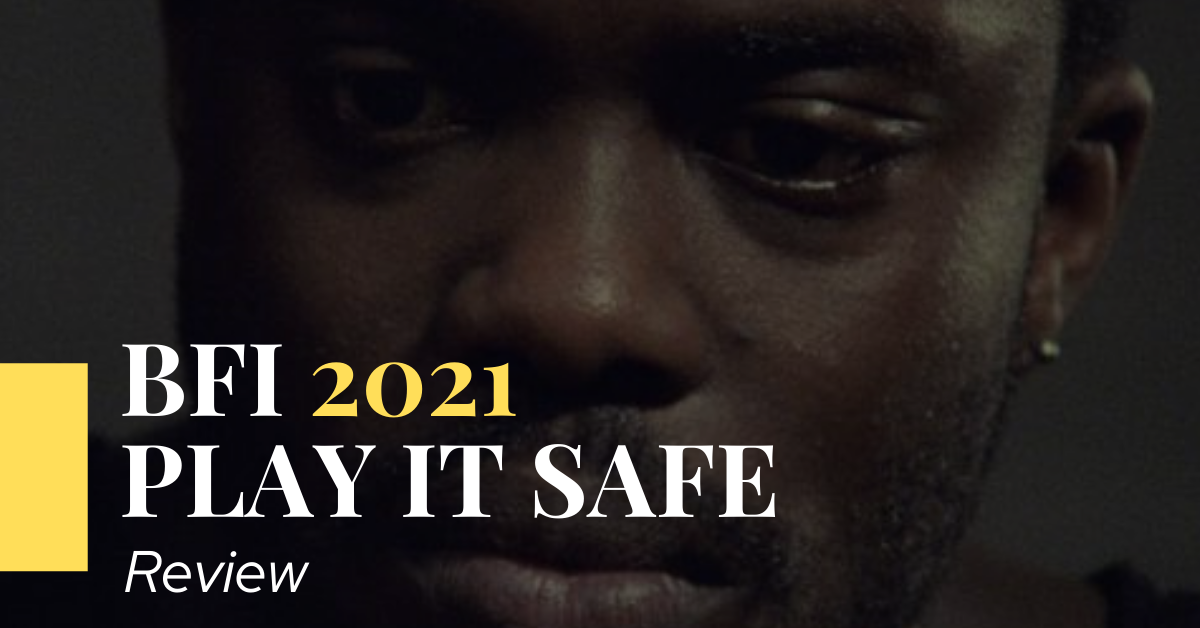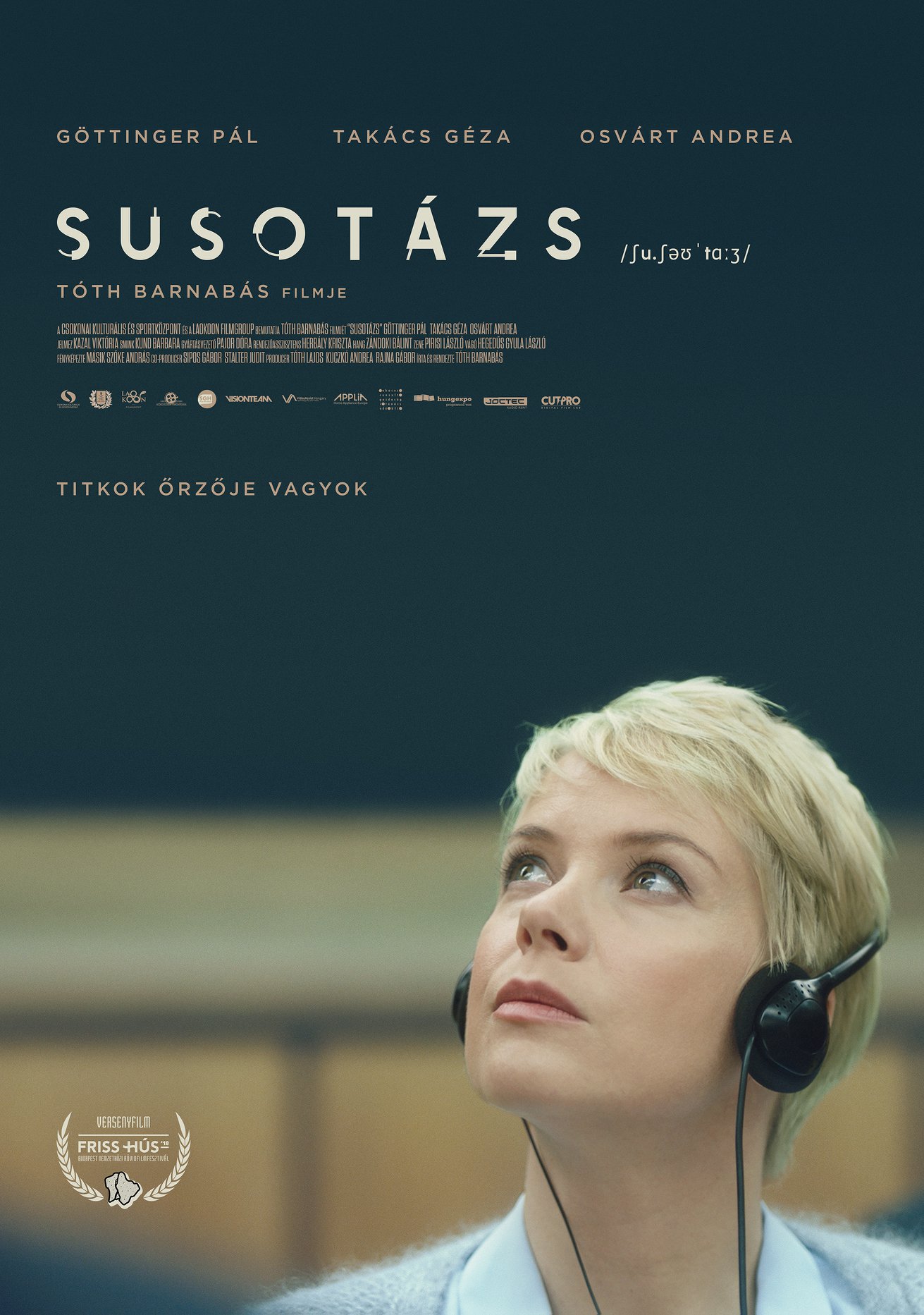
The Directors Label returns on September 12th 2005 with the long awaited simultaneous release from four of the worlds most acclaimed music video directors; ANTON CORBIJN, JONATHAN GLAZER MARK ROMANEK and STÉPHANE SEDNAOUI, through PALM PICTURES & MUTE RECORDS.
Richard Brown for PALM PICTURES has again produced these new titles.
Previous multimedia products in the series are the – SPIKE JONZE, MICHEL GONDRY & CHRIS CUNNINGHAM – certified Gold by the BFI for sales in the UK in excess of 25,000 units.
These DVDs are a unique director-created and compiled series featuring music videos, shorts and commercials, special features including interviews, alternate versions, unseen short films & documentaries, behind the scenes footage and commentaries from various featured artists and collaborators. They are specially packaged with never before seen photographs, storyboards, drawings and interviews and have helped define what is expected of today’s music DVD releases.
This makes them the first example of a multimedia product concentrated only on Music video and its director and not the artists themselves.
The “DIRECTOR LABEL DVD’S” is a perfect combination between art and music where sounds and pictures together create a semiotic fusion. Lyrics and pictures, virtual and real signs, all these are elements that make up a musical video clip.
The video clip as a form of communication is characterized by a complex message concentrated in a short time frame on the screen.
In the 1980’s the clips were considered merely visual supports for the music but lately the general idea has changed and now we consider these dense icons expressions of art.
A video clip is a text using multiple levels where narratives, words, animations and musical instruments create different ways of interpretation in this unique form of communication. The meaning of a clip is not in the video but in the mind of the person that is watching it. Open to interpretation, without putting limits for the human imagination.
Defining multimedia.
I will integrate into the term multimedia, any resource or any device using multimedia technologies. For that I must first of all determine the definition of the word multimedia itself.
Suppose that a resource is multimedia when it calls simultaneously upon different sensory registers and that it generates an interactivity between the user and the artefact, made in the majority of cases using a data-processing device. The interactivity is thus fundamental and constitutes the particularity, which distinguishes the multimedia from the audio-visual.
The characteristic of the multimedia resources thus comes from the interactivity. The difference between the interactivity and a “situation of communication” comes the fact that the user doesn’t communicate with a human but with a technological device, an artefact. However the act of communication is always contextualised.
This multimedia context creates the sense for a series of signs in a situation of interactivity with possible sensory registers.>



